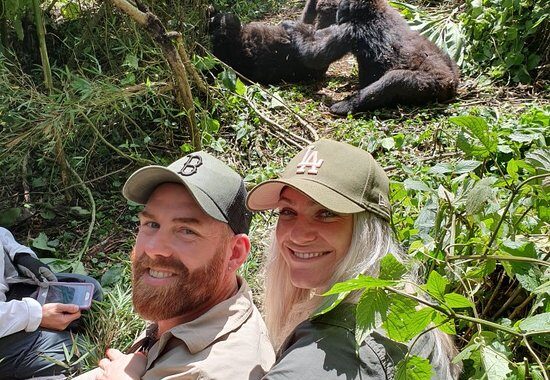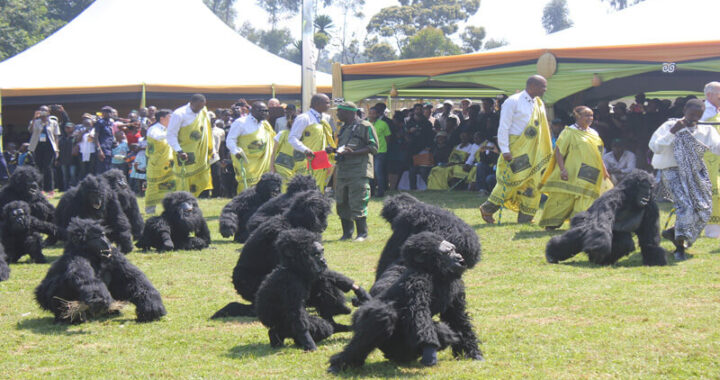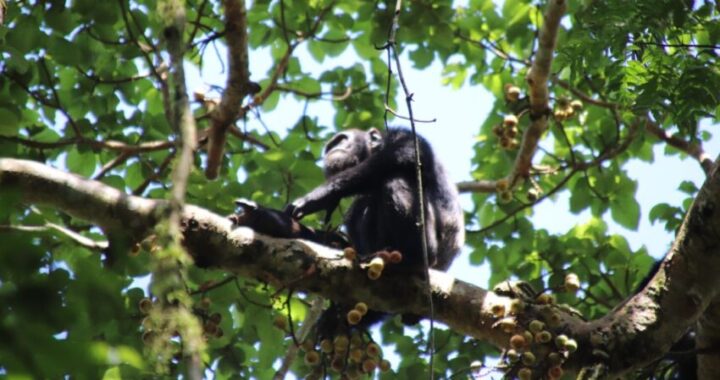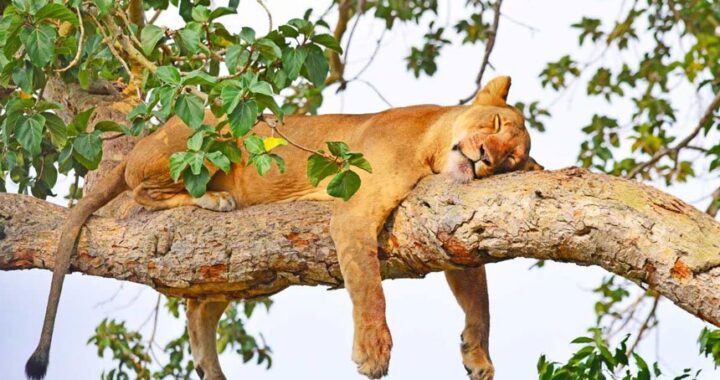Rwanda and Uganda have seen a rapid rise in gorilla trekking activity in recent years something that could not be thought of before. This surge is due to a number of factors that have worked together to make this dream come true. It should be noted that mountain gorillas were at the verge of extinction in the early 1970s with less than 250 individuals living in the wild at the time. Some conservationists had even gone further to predict that the subspecies would be extinct by the turn of the new millennium.
Mountain gorillas
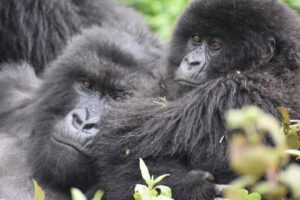
The mountain gorilla subspecies live exclusively in the Virunga Mountains of Democratic Republic of Congo (DRC), Uganda and Rwanda as well as in Bwindi Impenetrable National Park in southwest Uganda. In total, there are about 1,064 mountain gorillas in the wild according to the latest gorilla census. National Parks that inhabit mountain gorillas in the Virunga Mountains in the Virunga Mountains include Virunga National Park in the DRC, Volcanoes National Park in Rwanda and Mgahinga Gorilla National Park in Uganda.
The largest population of mountain gorillas is found in Bwindi Impenetrable National Park with about 450 of them, Volcanoes National Park has got about 350 individuals while Virunga National Park has got about 200 animals. Mgahinga Gorilla National Park has got no permanent population of gorillas as one group of these subspecies keep switching the park with Volcanoes National Park in Rwanda. Genetically, it is scientifically proven that gorillas share 98% of their DNA with humans something that makes them even more attractive to travellers.
In addition to their close genetic relationship with humans, there are many other factors that have contributed to the rise of gorilla trekking especially in Uganda and Rwanda;
Intensive conservation efforts
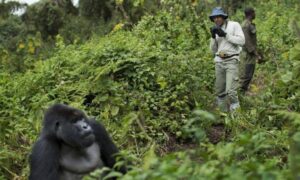
Since the demise of Dian Fossey in 1985, the American primatologist who initiated gorilla protection in the Virunga Mountains, efforts have been intensified to protect and save gorillas. Both governments and conservation organisations took over from from where this iconic conservationist stopped and are working hand-in-hand to ensure that gorillas continue to thrive in the wild.
Governments have enacted strict laws protecting wildlife against vices like poaching and encroachment on their habitats including a life sentence to those who are convicted of killing wildlife. Game rangers and wardens have been trained to protect wildlife by carrying out regular patrols around in and around parks.
Positive response from gorillas
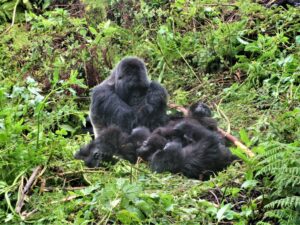
Gorillas themselves have not let down those trying to save and protect them by responding positively through reproduction. The increase from just over 200 gorillas in the early 1970s to over 1000 today shows that the animals have been reproducing to complement their conservation efforts perfectly. A typical example to evidence this response is the annual “Kwita Izina” (gorilla naming ceremony) that takes place in Rwanda’s Volcanoes National Park in which all the newborn gorillas within the year are given names. Indeed it is this positive reproduction among gorillas that has helped to ensure the survival of their population and the continuity in their demographic increase.
Cooperation from the neighbouring community
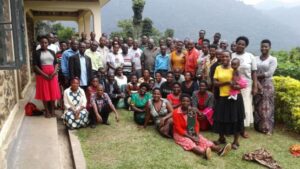
In an effort to enlarge gorilla habitats like Volcanoes National Park in Rwanda, some communities had to be resettled in order to minimise animal-human conflicts. Majority of the people involved were cooperative which made the work easy for governments and also enabled the animals to thrive in spacious habitats. The resettlement also helped to control problems like poaching and further encroachment on wildlife habitats.
Increased investment in tourism

Governments in all gorilla trekking destinations have stepped efforts to invest and develop their respective tourism industries including promoting gorilla trekking among both local and international travellers. Rwanda in particular has taken ambitious strides in the direction of tourism investment through international marketing. The country has signed up big sponsorship deals with giant European football clubs like Arsenal FC in England and PSG in France to promote her tourism industry through the Visit Rwanda campaign. The Land of A Thousand Hills has also invested heavily in developing infrastructure like hotels, lodges and roads in order to enable visitors enjoy high standard services while enjoying their safaris in the country.
Role of conservation organisations and donors
Several conservation organisations have contributed significantly to the protection and survival of mountain gorillas which has further enhanced their wellbeing in the wild and promoted tourism. The Dian Fossey Gorilla Fund is one of the most instrumental organisations in the protection of gorillas. The organisation was named after Dian Fossey and committed to enhancing her work of gorilla protection and research and has registered tremendous success in both fields. Currently the organisation is working with both the Rwanda and Congo governments to protect gorillas in both countries as well as carrying out research among the subspecies and their habitats. The conservation organisations have also attracted donations from wildlife lovers worldwide who have contributed funds that have helped to strengthen the conservation campaigns.
The unique experience of gorilla trekking
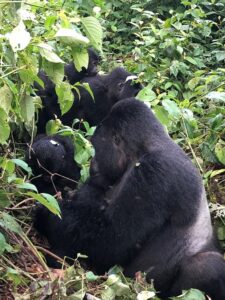
Many travellers who have undertaken gorilla trekking have described it as one of the best wildlife experiences in the wild. The one hour spent watching the giant gorillas face-t0-face in the wild has been described as magical! Gorillas are gentle and peaceful animals which allows their visitors to enjoy their company uninterrupted leaving them with lifetime memories. Gorilla trekking is so breathtaking and its better experienced individually than told.
The stable political climate in Uganda and Rwanda
Political instability and insecurity in the eastern part of DR Congo where Virunga National Park is located have made it hard for travellers to enjoy gorilla trekking in the park. However, this is not the case in Uganda and Rwanda. The two countries are stable and the areas around their gorilla trekking destinations are safe and all tourism activity runs smoothly. This has made the two countries the most ideal and popular for gorilla trekking safaris.
Combination of gorilla trekking with other safaris
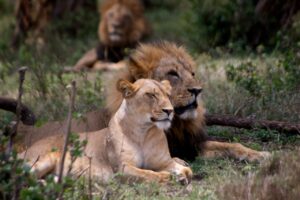
The ease to combine gorilla trekking with other safaris like game viewing, primates tracking, birding as well as cultural experiences is another favourable factor. Many travellers prefer to combine their gorilla trekking safaris with such other experiences in both Uganda and Rwanda in order to maximise their tour experience. It is very easy to do so in the two countries given that gorilla trekking parks are surrounded by other parks which makes it easy to switch from one experience to the other another. Usually travellers are charged at once for all their safari experiences to make it more convenient for them.
Interested in a gorilla safari or any other wildlife experience in Uganda, Rwanda, or Congo? Contact us at Gorilla Trek Africa for the best offers

